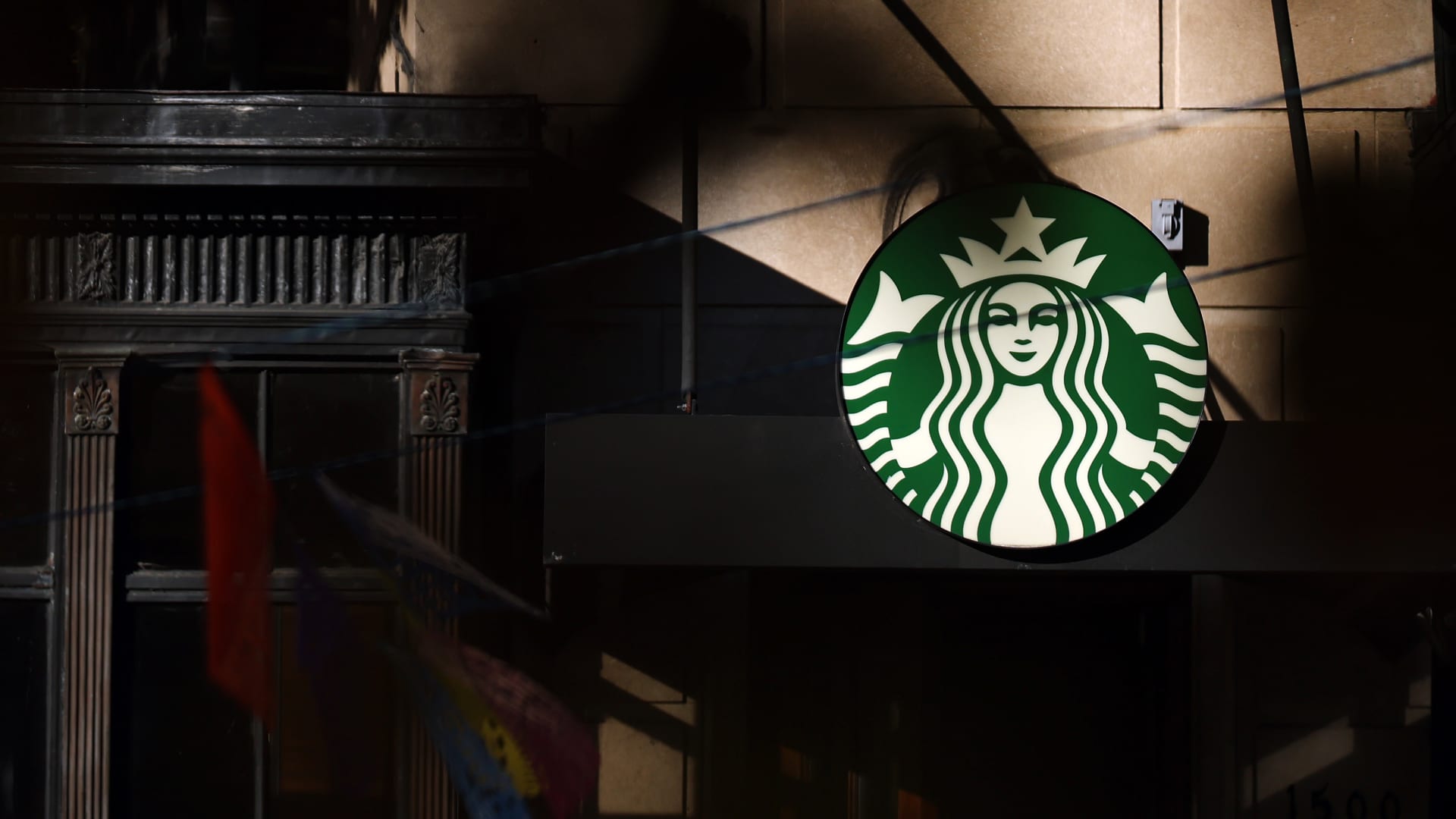Products You May Like
It’s finally here: the long-predicted consumer pullback.
Starbucks announced a surprise drop in same-store sales for its latest quarter, sending its shares down 17% on Wednesday. Pizza Hut and KFC also reported shrinking same-store sales. And even stalwart McDonald’s said it has adopted a “street-fighting mentality” to compete for value-minded diners.
For months, economists have been predicting that consumers would cut back on their spending in response to higher prices and interest rates. But it’s taken a while for fast-food chains to see their sales actually shrink, despite several quarters of warnings to investors that low-income consumers were weakening and other diners were trading down from pricier options.
Many restaurant companies also offered other reasons for their weak results this quarter. Starbucks said bad weather dragged its same-store sales lower. Yum Brands, the parent company of Pizza Hut, KFC and Taco Bell, blamed January’s snowstorms and tough comparisons to a strong first quarter last year for its brands’ poor performance.
But those excuses don’t fully explain the weak quarterly results. Instead, it looks like the competition for a smaller pool of customers has grown fiercer as the diners still looking to buy a burger or cold brew become pickier with their cash.
The cost of eating out at quick-service restaurants has climbed faster than that of eating at home. Prices for limited-service restaurants rose 5% in March compared with the year-ago period, while prices for groceries have been increasing more slowly, according to the Bureau of Labor Statistics.
“Clearly everybody’s fighting for fewer consumers or consumers that are certainly visiting less frequently, and we’ve got to make sure we’ve got that street-fighting mentality to win, irregardless of the context around us,” McDonald’s CFO Ian Borden said on the company’s conference call on Tuesday.
Outliers show that customers will still order their favorite foods, even if they’re more expensive than they were a year ago. Wingstop, Wall Street’s favorite restaurant chain, reported its U.S. same-store sales soared 21.6% in the first quarter. Chipotle Mexican Grill saw traffic rise 5.4% in its first quarter. And Restaurant Brands International’s Popeyes reported same-store sales growth of 5.7%.
Even so, many companies in the restaurant sector and beyond it have warned consumer pressures could persist. McDonald’s CEO Chris Kempczinski told analysts the spending caution extends worldwide.
“It’s worth noting that in [the first quarter], industry traffic was flat-to-declining in the U.S., Australia, Canada, Germany, Japan and the U.K.,” he said.
Two of the chains that struggled in the first quarter cited value as a factor. Starbucks CEO Laxman Narasimhan said occasional customers weren’t buying the chain’s coffee because they wanted more variety and value.
“In this environment, many customers have been more exacting about where and how they choose to spend their money, particularly with stimulus savings mostly spent,” Narasimhan said on the company’s Tuesday call.
Yum CEO David Gibbs noted that rivals’ value deals for chicken menu items hurt KFC’s U.S. sales. But he said the shift to value should benefit Taco Bell, which accounts for three-quarters of Yum’s domestic operating profit.
“We know from the industry data that value is more important and that others are struggling with value, and Taco Bell is a value leader. You’re seeing some low-income consumers fall off in the industry. We’re not seeing that at Taco Bell,” he said on Wednesday.
It’s unclear how long it will take fast-food chains’ sales to bounce back, although executives provided optimistic timelines and plans to get sales back on track. For example, Yum said its first quarter will be the weakest of the year.
For its part, McDonald’s plans to create a nationwide value menu that will appeal to thrifty customers. But the burger giant could face pushback from its franchisees, who have become more outspoken in recent years. While deals drive sales, they pressure operators’ profits, particularly in markets where it is already expensive to operate.
Still, losing ground to the competition could motivate McDonald’s franchisees. This marks the second consecutive quarter that Burger King reported stronger U.S. same-store sales growth than McDonald’s. The Restaurant Brands chain has been in turnaround mode over the last two years and spending heavily on advertising.
Starbucks is also betting on deals. The coffee chain is gearing up to release an upgrade of its app that allows all customers — not just loyalty members – to order, pay and get discounts. Narasimhan also touted the success of its new lavender drink line that launched in March, although business was still sluggish in April.
